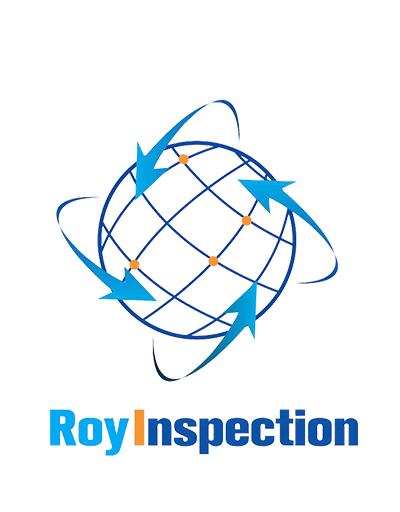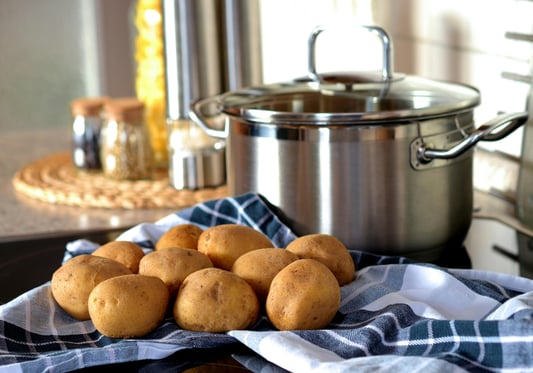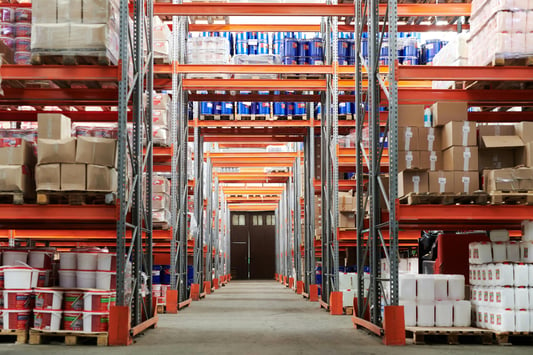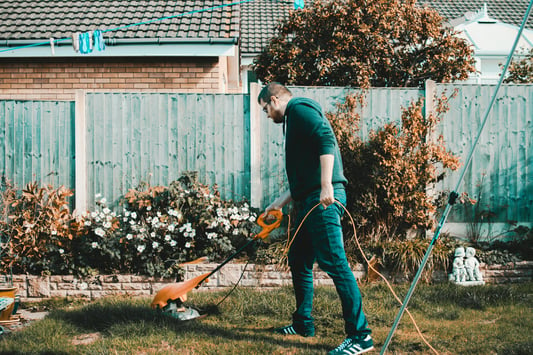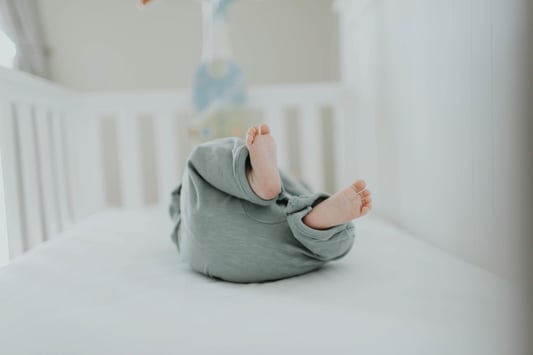Quality Materials for pillar candle holders inspectionWhen inspecting pillar candle holders, it is important to pay attention to the quality of materials used. Look for sturdy metal or durable glass holders that will not easily break or warp over time.Proper Size and Weight ConsiderationsThe size and weight of the candle holder are important factors to consider during inspection. Ensure that the holder is appropriate for the size of the pillar candle you wish to use, and that it is stable enough to prevent tipping.Checking for Stability and BalanceA pillar candle holder should be stable and well-balanced to safely support the weight of the candle. Test the holder by gently tapping on it and ensuring that it does not wobble or tip easily.Inspecting for Any Sharp EdgesRun your fingers along the edges of the candle holder to check for any sharp or jagged edges that could pose a safety hazard. Smooth, rounded edges are preferable to prevent accidental cuts or injuries.Assessing the Overall AestheticIn addition to functionality, the aesthetic appeal of the pillar candle holder is also important. Take note of the design, color, and overall appearance of the holder to ensure it fits your personal style and preferences.Examining for Any Defects or DamageThoroughly inspect the candle holder for any defects or damage, such as cracks, chips, or scratches. It is essential to choose a holder that is in good condition to ensure its longevity and safety.Testing Compatibility with Different Candle TypesSome pillar candle holders are designed to accommodate specific types of candles, such as traditional wax candles or flameless LED candles. Check the compatibility of the holder with various candle types before making a purchase.Considering Heat Resistance and Fire SafetyEnsure that the pillar candle holder is made from heat-resistant materials that can withstand the heat of burning candles. It is crucial to prioritize fire safety when choosing a candle holder for your home.Assuring Easy Cleaning and MaintenanceCleaning and maintaining a pillar candle holder should be easy and convenient. Look for holders that are simple to clean and do not require special tools or products to keep them looking new.Seeking Value for MoneyUltimately, when inspecting pillar candle holders, consider the overall value for money. Invest in a high-quality holder that meets your criteria for durability, safety, and aesthetics, ensuring that it will be a worthwhile addition to your home decor.Quote InquiryContact us!
